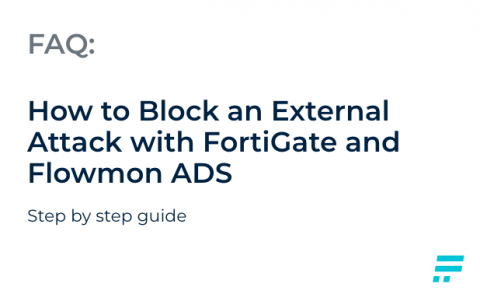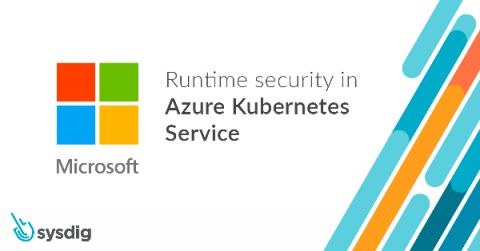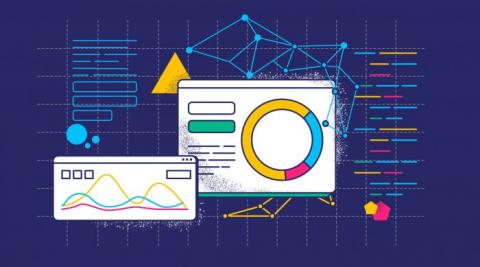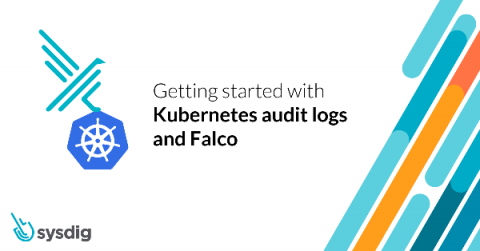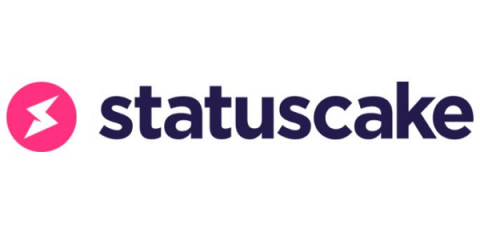How to Block an External Attack with FortiGate and Flowmon ADS
It’s a question we hear often - how to use Flowmon to block an attack? Flowmon is not an inline appliance to stand in the path of inbound traffic, so we partner with 3rd party vendors who supply equipment like firewalls or unified security gateways. In this post, I’m going to show you how to instruct Fortinet’s firewall FortiGate via Flowmon ADS to block traffic in response to a detected anomaly or attack.


